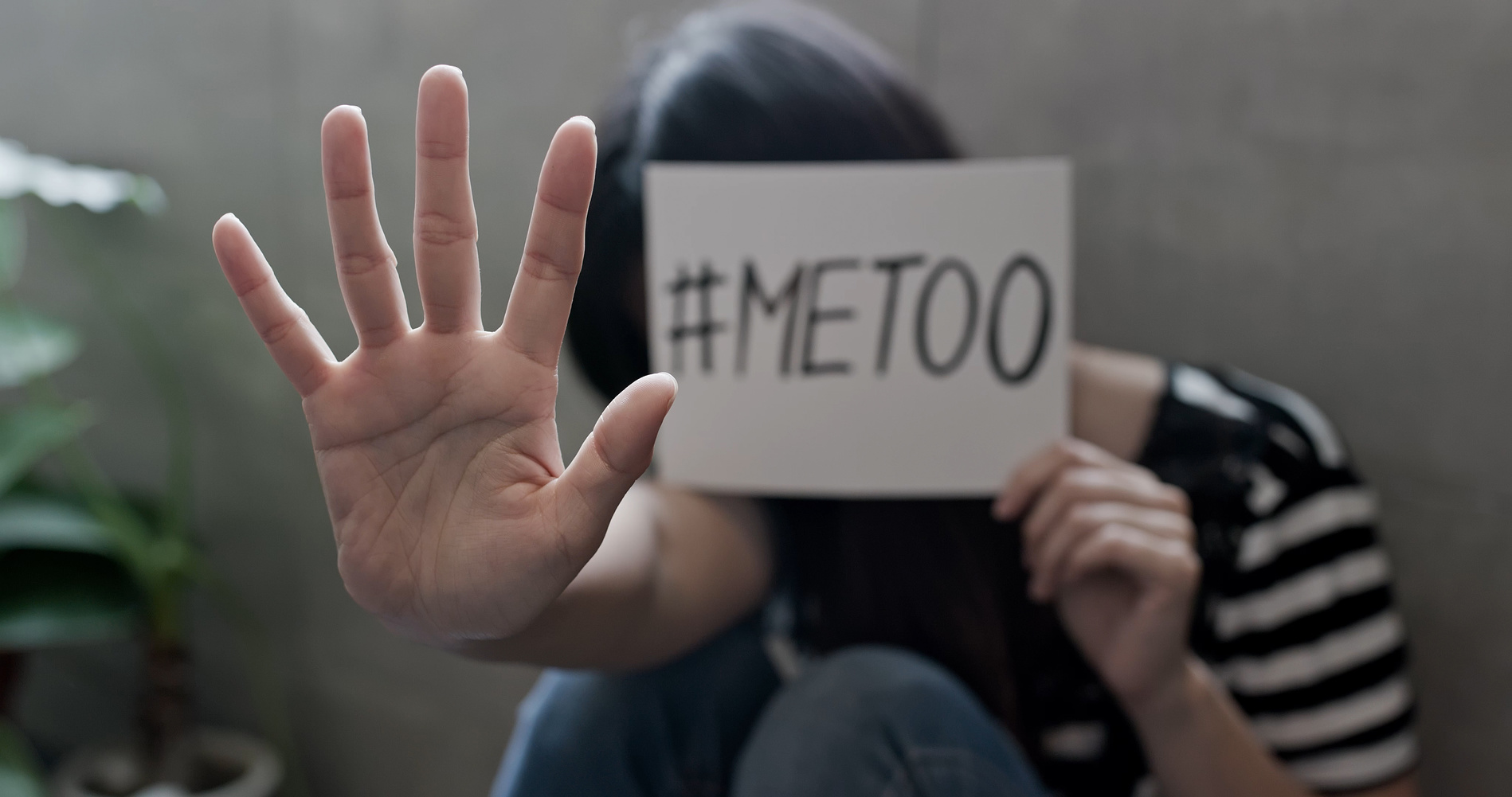#MeToo, a social media movement that began in November 2017, has ignited awareness of and accountability for sexual harassment. This new awareness of the abuse of power will hopefully cause all of us to pause and think about the congregation’s response. The reality of broken trust, the abuse of power, and the long-term pain affecting victims make now the time to think about the church’s response and to take action.
Not long after #metoo exploded in social media and on the airwaves, #churchtoo began telling the same kinds of stories of abuse, sexual misconduct, and victims at the hands of church leaders. The stories poured out via social media, and the reality that the church, just like the general population, had a problem became evident. For many churches and church leaders, the initial response has been one of horror perhaps followed by a sense of relief that maybe these issues would not affect their congregation. Unaware of stories within their church community or church leadership, people remained disconnected. As details about the actions of important church leaders and the statistics of the amount of abuse became more widely publicized, many began to raise the question of how should we respond.
According to the national sexual violence resource center, one in five women and one in seventy men will be raped at some point in their lives. One in four girls and one in six boys will be sexually abused before they turn eighteen.The church does not get a pass on the responsibility to protect, listen, and support victims.
There are hopeful signs that these two hashtag movements are creating a climate of awareness and change. In a September survey by LifeWay Research, fifty-two percent of pastors said they are more inclined to address domestic and sexual violence.
More resources are emerging for congregations to respond to this revelation of a long-time underlying crisis. Denominational groups and insurance providers for congregations are great resources to reach out to for help.
Consider at least three actions every church leadership team should take immediately:
First, start a conversation with your staff team. Talk about the definitions of sexual harassment and sexual misconduct. What are the differences and what responsibilities do clergy have in spotting, preventing, and reporting? In addition to talking about the effects on the victim, make sure staff understand the importance of the movement to the church witness and the church’s responsibility to create a safe work environment and safe places for a member to participate in ministry.
Second, review and update, or establish for the first time, sexual harassment policies for the church. Many resources are available, but a good starting point is your insurance provider. It is always a good practice for an HR attorney to review policy. A good policy should address the prohibition of harassment for both staff and members; an effective reporting process; freedom from retaliation; systems to ensure protection, confidentiality, and respect for the victim; and how to conduct an investigation that is impartial and ensures quick and appropriate action.
Third, speak about the issue openly and honestly. Create a church culture that not only provides a safe place for people to work and do ministry but also establishes a place where individuals who have been victims can tell their stories and understand they will be taken seriously, supported, and loved. Such a culture should hold those who have participated in sexual harassment accountable for their actions. Burying the issues in hopes of protecting the church risks the possibility of future abuse. Accountability is critical for healing.
A healthy church requires honesty, accountability, and resources to prevent and respond to misconduct. Waiting until there is an issue to address is the wrong approach. It is time to identify and take the next step now.

Leave a Reply